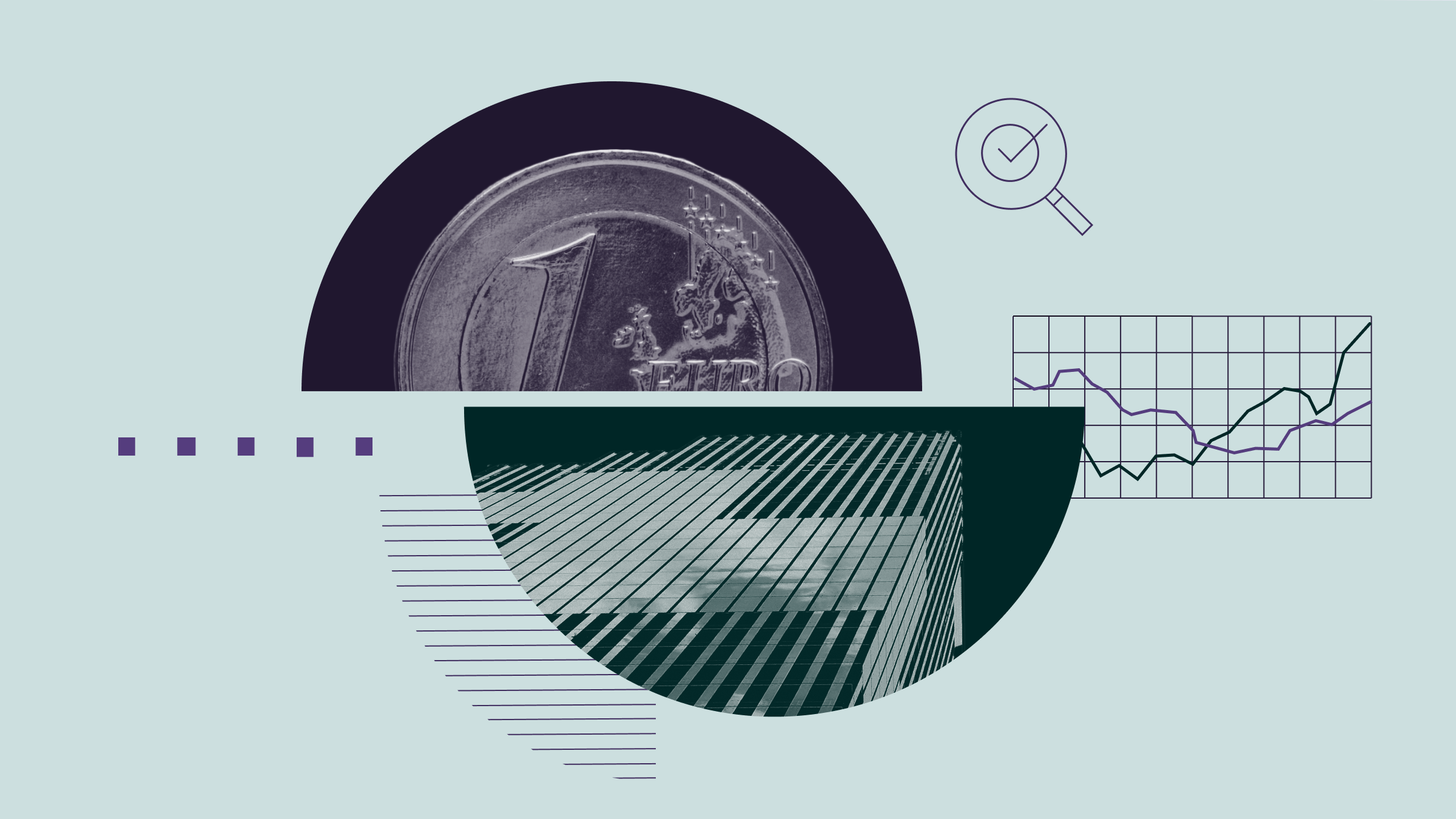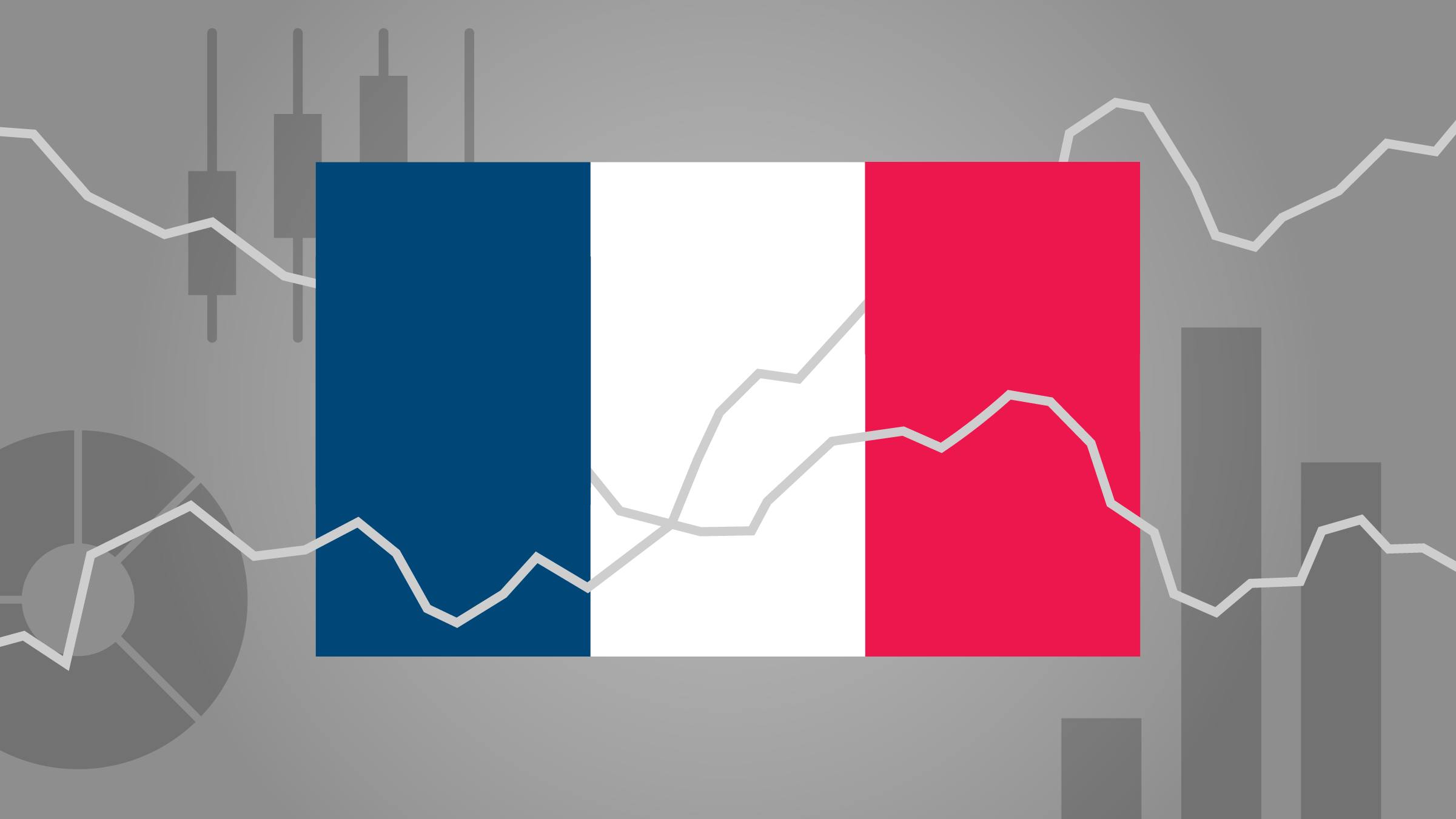TRANSCRIPT
Jeremy Glaser: For Morningstar, I'm Jeremy Glaser. Immediately after the election, the equity markets seemed to be in focus, but in the past couple of days the bond market has really been on the top of investors' minds. I'm here with Sarah Bush. She is our director of fixed-income manager research for North America. We're going to look at how some bond funds have performed.
Sarah, thanks for joining me.
Sarah Bush: Thanks for having me, Jeremy.
Glaser: So, let's talk about what's happens with the yield curve and what you think is behind some of these relatively big moves.
Bush: Right. So, we have seen a continuation of a trend really that's been going on since July when the 10-year Treasury bottomed in yields. So we've seen yields go up across the curve that really, really accelerated with the election, a big jump in the days after the election. So, rising yields mean losses for bond funds, and we've seen losses across a number of bond fund categories, and we'll talk a little bit more later about where we've seen the most pain.
So, what's diving that increase? A big part of it seems to be coming from an increase in inflation expectations, and that can drive an increase in yields. And if you're thinking about what's driving those inflation expectations, I think the conventional wisdom is that with the new administration talking a lot about a big infrastructure program, especially if that comes with tax cuts that could really increase fiscal pressures, and that could lead to inflation.
Couple other things we've been hearing about though too--there is a question about what will restrictions on trade if they come about mean for inflation? They can have inflationary pressure, so cheap goods coming into this country. You could see a slowdown in those goods, and that can make prices rise in the U.S. but they could also put pressure on global demand, which would actually push inflation down. So that's sort of the contradictory pressure there.
And then also, if you have restrictions on immigration, that could actually push wage pressures up in the U.S. So, it's a number of things going on here. I think one thing to point out is certainly among managers we've talked to, some think that we've started to see this increasing yields is something that's overdone and the markets are overreacting a little bit. And I think a consistent theme is that there are still out of unknowns related to the new administration and what policies they will ultimately take, and that just means volatility potentially in both directions for yields.
Glaser: Do you think worries about the Fed raising rates is part of this as well given the upcoming meeting?
Bush: Right. So I think you know the markets had already, kind of pre-election, been increasingly pricing in the likelihood of a Fed rate hike, and I think we're looking at something like an 85%, the markets are predicting an 85% chance. So that's part of it certainly at these lower end of the yield curve.
Glaser: Let's look at some categories. What's done well, what hasn't done well, is it about as you would expect?
Bush: Yeah, I think a lot of what we've seen is what you'd expect. So the biggest losses you're seeing are in the long-term bond, the long-term government categories, you know, 5% and 6% losses since the election. These are very, very interest-rate sensitive categories. They are really best used by institutions like pension funds, and they're not that big an investor accounts.
At the other end of the yield curve, we're seeing short-term bond funds and ultrashort bond funds, which you'd again expect, these are less interest-rate sensitive categories. They are doing reasonably well. Ultrashort funds are basically flat, and I think we're seeing something like a 50 basis-point loss on short-term bond funds.
There are some other surprises out there, though, that maybe aren't quite as obvious. Emerging-markets have done very poorly, especially local currency emerging-markets funds. The dollar has been strengthening, so really even global funds with a lot of nondollar exposure have had some trouble. And the other trouble spot has been in the muni market. Munis had actually been performing pretty well through the course of kind of 2015 and into 2016, there's some supply pressures there. Munis are rate sensitive, so that's clearly part of what's going on in that market.
And then there are some policy questions outstanding. So, for example, if you saw a repeal of Obamacare that could really mean problems for hospitals, and that's big part of high-yield muni market, which is done particularly poorly, or if you see a slowdown in government spending that could really hurt state and local governments as they try to make ends meet.
Glaser: Looking at core bond funds, this intermediate-term bond funds, have they kind of have done better or worse, how are managers kind of positioned going into the election?
Bush: Right, so, you know you have a subset of funds that are neutral with relation to interest rates, and that's kind of a view that's very difficult to predict interest rates, but I would think for those that are making active bets, we've really seen a majority of those bets to be short on duration. They just haven't seen value going out the yield curve.
So if you look at how the broad intermediate term bond category has performed relative to the Barclays--Bloomberg Barclays U.S. Aggregate Bond Index, I think 75% of active funds are actually beating that index right now, just looking at the period since the election. So that suggests that those short conservative views on interest-rate risk are a big part of what's out there.
Glaser: Some of this news seems, if not a little bit scary, you know certainly bond investors are not looking to take a principal losses, you know they are holding it for different reasons. What's your advice to a bond fund investors that, is this the time to be worried, if we do see more inflation, if we do see higher interest rates ahead?
Bush: Right, so first of all, I think it's important interest rates, higher interest rates are ultimately good for bond investors, right. So if you didn't like, if you are happy with your bond fund when you're getting 1.4% on the U.S. Treasury, 10-year Treasury in mid-July, you should be happier today, you're getting paid more. I don't want to minimize the risk of inflation, but the fact that yields are going up to help compensate you for that risk is definitely a positive.
I think you know this is advice you hear a lot at Morningstar, but we really think that taking a long-term view is a very important, think about what role your bond fund plays in your portfolio, think abou--it's just very difficult to time markets and that's true if you're talking about trying to time the interest-rate markets or the equity markets, a lot of professional investors out there have had a hard time figuring out what direction rates are going to go in. So, I think you have to be careful about doing that in your own portfolio.
And finally, if you really are worried about inflation, there are ways that you can protect yourself. So Treasury Inflation-Protected Securities are very good example. You should look at your existing bond portfolios because a lot of managers have liked TIPS over the last couple years, so you may actually already have some exposure there, but there are obviously vehicles to get that exposure on a standalone basis as well, and you can get that pretty cheaply.
Glaser: Sarah, I appreciate you view today.
Bush: Thanks very much.
Glaser: For Morningstar, I'm Jeremy Glaser. Thanks for watching.




















